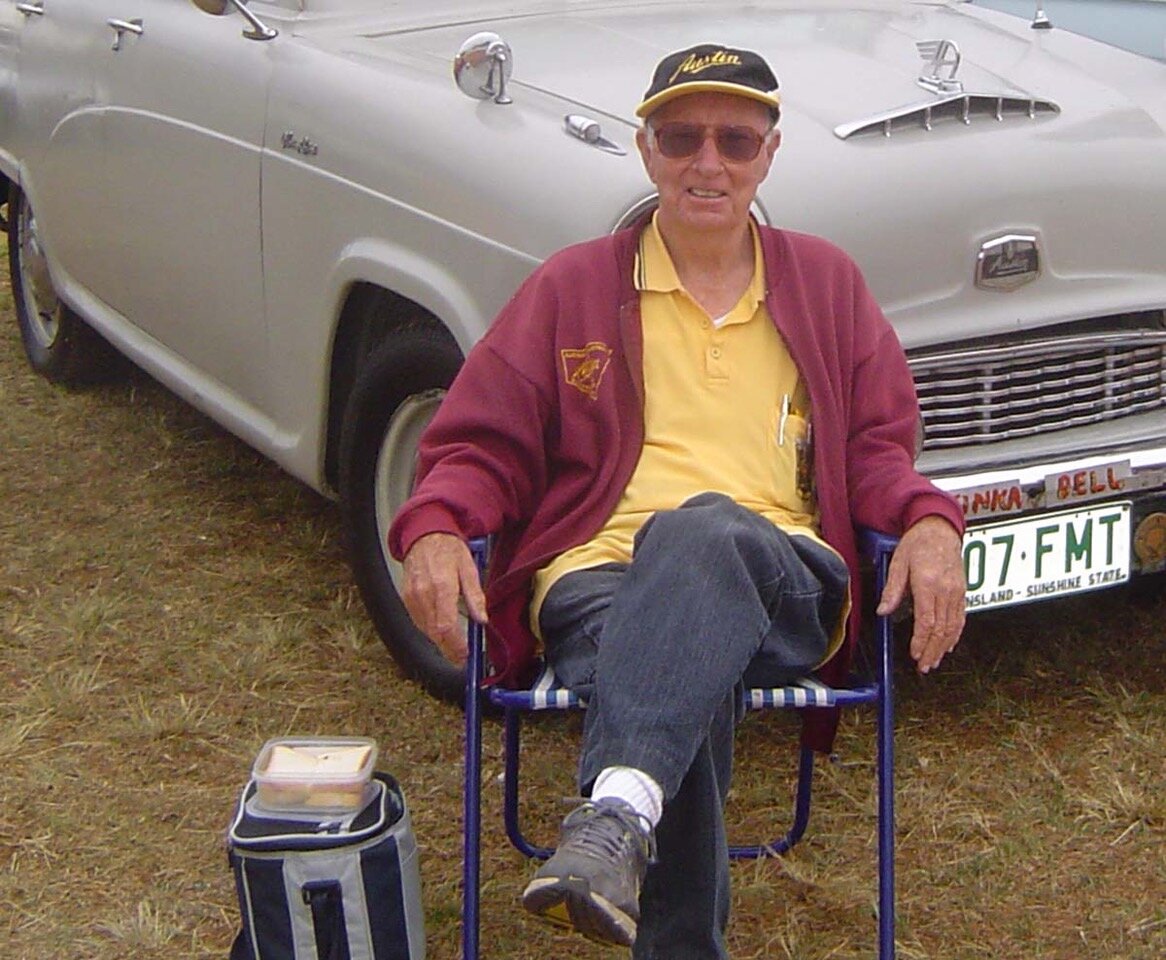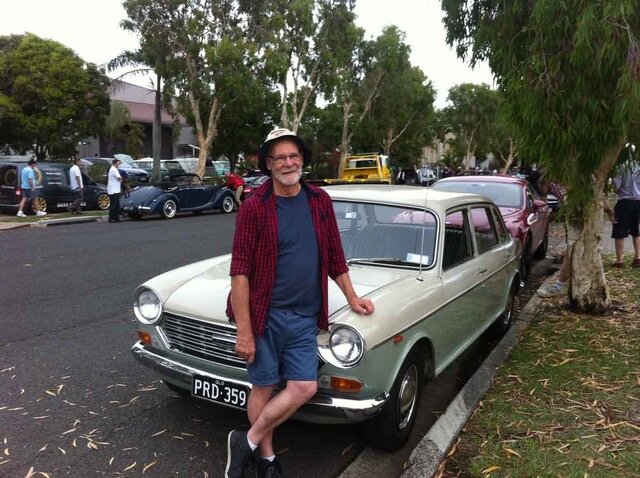Vale: Roger Allan Foy – ‘Father’ of the Freeway: a personal tribute

It is with sadness that I have been informed that Roger Foy died on the 13th April, 2023 aged 93. For those who didn’t know him, he was a talented engineer with BMC Australia in the days when there was a viable future for the company in this country.
He was a member of the Austin Motor Vehicle Club of NSW and was known to most people as Allan Foy. When he joined BMC, there was already an Allan in his department, so those of us at BMC always knew him as Roger. Whenever his wife Leah answered the phone, she knew it was someone from BMC if they asked for ‘Roger’.
He joined BMC in 1957 becoming in 1961 their ‘Road Proving Supervisor’, and it was his job to carry out testing for ‘customer usage durability’ and ‘accelerated structural durability’. Because most of BMC’s designs originated in England, and no match for Australian roads, they had to be improved to match the durability of Holden and Ford. They purchased the oppositions’ products to strip them down for analysis and in the case of the Leyland P76, disguised their test vehicles under Holden bodies to escape press attention. The major undertaking by BMC was the fully Australian designed P76 in which he had a major role. BMC Australia had the first Renault 16 in the country, six months before Renault Australia had one themselves. The 16 was the inspiration for the Austin Maxi in the UK and the Morris Nomad in this country.
For those of us with Freeways and particularly 1800s, we have much to be grateful to Roger’s efforts in modifying them for our conditions. After the prototype Freeway, which was built at Longbridge, had been through its extensive testing, Roger bought it for his own use, and it was seen at many of the Austins Over Australia events including Toowoomba in 1997 and Warwick in 2005.
This is the same car - taken 32 years apart at the exact same location. It’s the prototype Freeway with its original Morris Oxford grille.
It is seen here in 1961 with its main 6-cylinder opposition - the newly announced XK Ford Falcon and the FB Holden
He was always ready for a conversation about any of the BMC cars. I remember at the Yass AOA in 1993, over the dinner table, he explained the workings of the Akermann steering principle as it applied to the Farina cars. I had asked him why radial ply tyres wore out quicker on the Freeway than they did on the preceding A60. All explained on a paper napkin which I wish I still have.
It’s not often you can compare your own car with its prototype - Nairn Hindhaugh with his 1964 Freeway and Roger Foy with the 1960 prototype during the 1997 AOA at Toowoomba.
Just before the 1800 was launched on the Australian market in 1965, he and his team were testing one to destruction in outback Queensland. They approached a dry river crossing, and with its unprotected sump, it hit with real force some rocks in the bed. Not only did it crack the cast alloy sump, the engine mounts sheared with the motor coming forward, splitting the radiator as well as the brake lines and Hydrolastic fluid pipes. So, there were four liquids leaking out; oil, water, brake and Hydrolastic fluid. Apparently Araldite fixed the sump and they managed to rig the car enough to get it home to Sydney. In a typical engineer’s fashion, he was adamant the car could not be sold in Australia without a sump guard and stronger engine mounts. The first 1800s were coming down the line and in the hands of the dealers who then had to retrofit sump guards before they could sell the car.
My own experiences with him started when I was with the PR Department. Having written the press releases for cars like the Morris Mini K and the 1800 Ute, I then had to get them approved from an engineering point of view. Sitting in front of him and his red pen, all I used to hear from him was either “You can’t say that”, or “That’s not right; how do you promotional people think you can get away with that?” Before I bought my two year old 1800 in 1968, I went to him armed with body and engine numbers and he informed me that it should be OK as it was built after certain modifications had been made.
Eight years later at the 2005 AOA at Warwick, Leah and Roger Foy.
Over twenty years later, I was visiting him at his home in Turramurra, and my Maxi ground to halt with almost non-existent brake pads outside his house. No problem to him – within an hour or two it was back on the road in perfect trim.
Sorting out the Maxi’s brake problems in 1995.
It’s not many of us who can talk to the person who helped with the design of our car, and it was always a humbling experience to speak to him over the phone while he worked out when my Major Elite was built or some technical information about the 1800. He always thought the Morris Major Elite was the best car BMC Australia ever built, because in his words, “We corrected everything that was wrong with the Series II Majors and Austin Lancers, resulting in very low Warranty costs”. They must have done well, as the Elite commanded high resale values for years to come.
He was awarded the Order of Australia Medal (OAM) at this year’s Australia Day Awards for services to Automotive History.
Farewell Roger, our condolences go to your family and many friends and thanks for everything you did for us and our cars.











